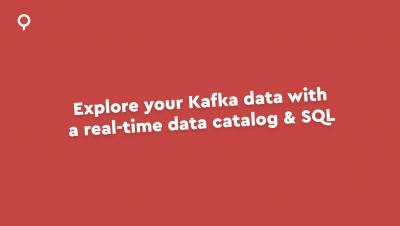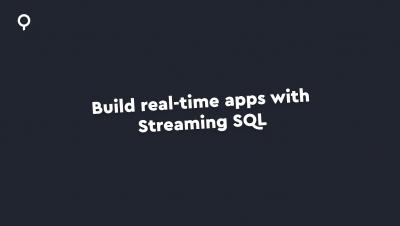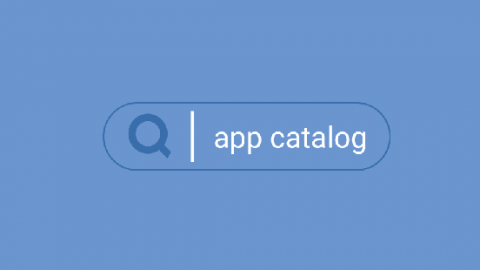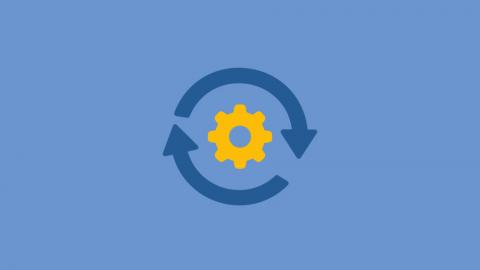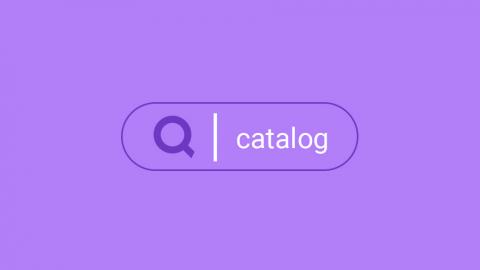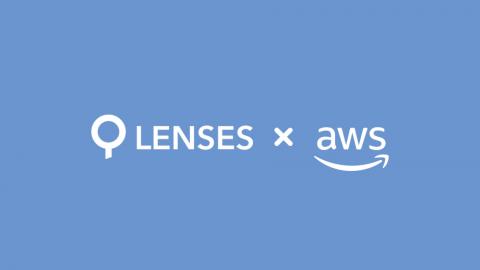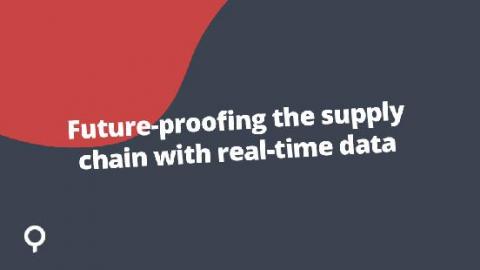The best of Kafka Summit 2020
After a self-isolated and event-free spring, some of us around the world welcomed a more promising summer. You might be taking some time away on a socially distanced holiday. You might be taking some time away from the day-to-day at home. But if a cold beer in the sun isn't enough to make up for these difficult months, the premier event for the Streaming Data Community is back! Kafka Summit has gone virtual this year and that means you can attend the event from anywhere.



